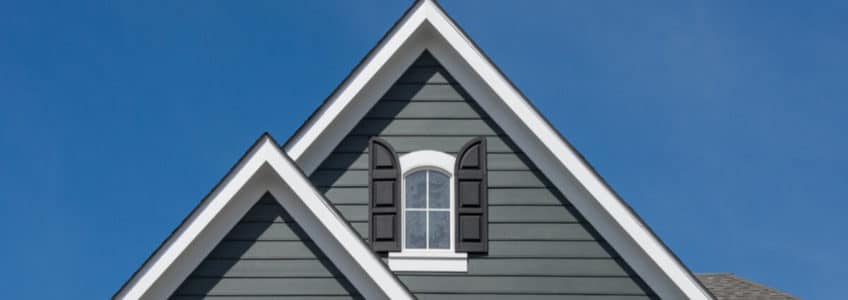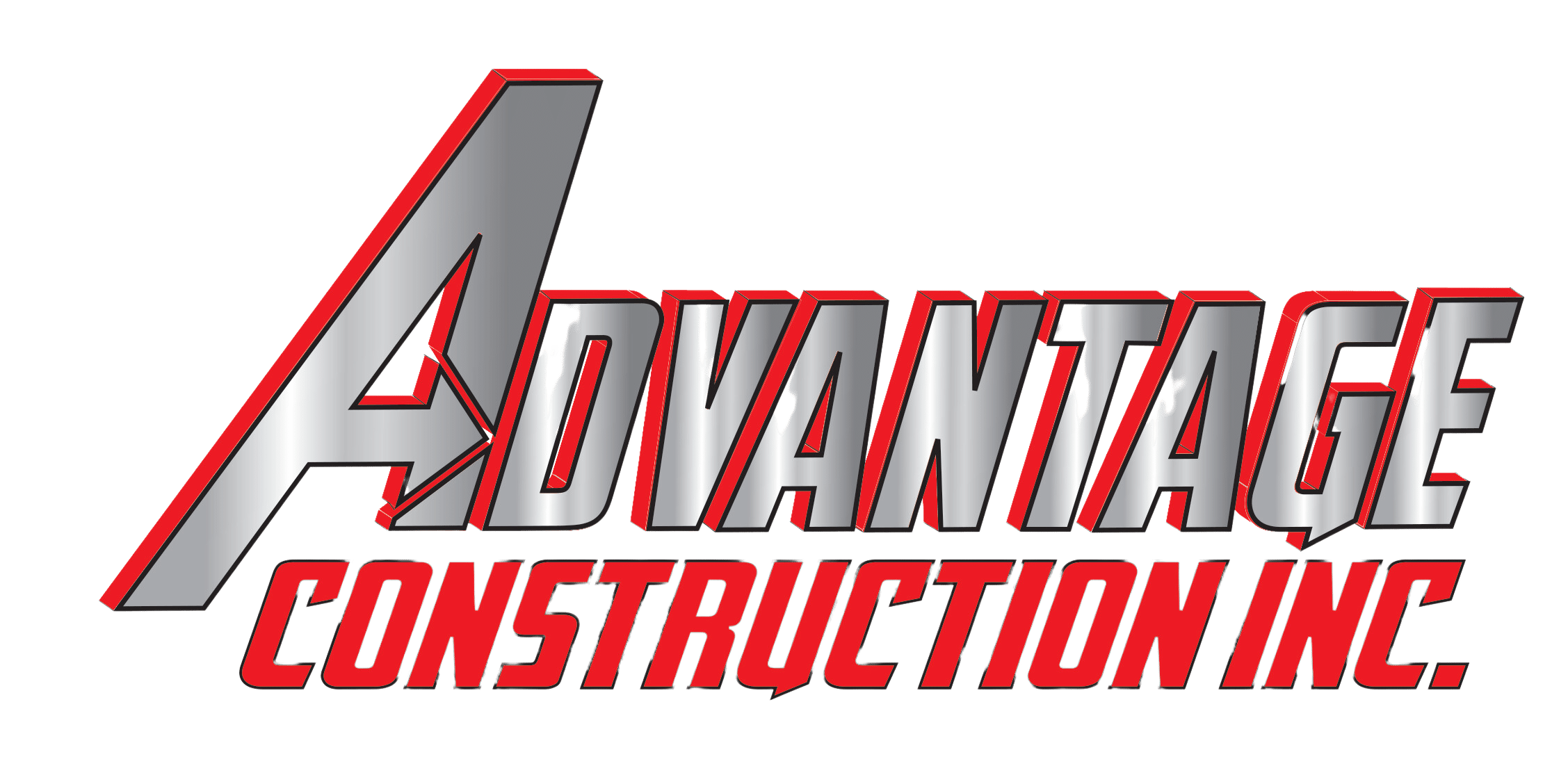
Choosing the right siding for your home is a big decision. It affects curb appeal, energy efficiency, and long-term maintenance. One option that has been gaining attention is insulated vinyl siding. Homeowners are drawn to its promise of improved energy savings, noise reduction, and durability.
In this guide, we’ll explore the advantages and disadvantages of insulated vinyl siding, helping you determine if it’s the right fit for your needs.
What Is Insulated Vinyl Siding?
Insulated vinyl siding is similar to traditional vinyl siding but with an added layer of rigid foam insulation attached to the back. This insulation provides extra thermal protection and structural support, making it different from standard vinyl panels.
This type of siding improves energy efficiency by reducing heat transfer, which can lead to lower heating and cooling costs. It also offers a more rigid structure, reducing the chances of warping or bending over time.
Pros of Insulated Vinyl Siding
Increased Energy Efficiency
One of the biggest selling points of insulated vinyl siding is its ability to improve a home’s energy efficiency. The added insulation helps reduce heat loss in the winter and heat gain in the summer, leading to lower energy bills. This makes it a great option for homeowners looking to improve their home’s insulation without major renovations.
Enhanced Durability
Traditional vinyl siding is already known for being low maintenance and durable, but the insulated version takes it a step further. The foam backing provides extra rigidity, making the siding more resistant to impacts, warping, and weather-related damage.
Improved Noise Reduction
For homeowners in busy neighborhoods or near high-traffic areas, insulated vinyl siding offers an extra layer of soundproofing. The foam insulation helps absorb sound, creating a quieter indoor environment.
Better Appearance and Curb Appeal
Because of its rigid structure, insulated vinyl siding often lays flatter and smoother against a home’s exterior, giving it a more polished look. It also comes in a variety of colors, textures, and styles, allowing homeowners to find an option that suits their aesthetic preferences.
Cons of Insulated Vinyl Siding
Higher Initial Cost
Compared to standard vinyl siding, insulated vinyl siding comes with a higher price tag. The added insulation and structural benefits increase the cost of materials and installation. While this investment can lead to energy savings over time, the upfront expense may not fit every budget.
Installation Complexity
Although vinyl siding is known for being easy to install, the insulated version requires more precision. The added thickness makes it more challenging to cut and fit properly, which can lead to higher labor costs.
Limited Insulation Compared to Other Options
While insulated vinyl siding improves a home’s energy efficiency, it doesn’t offer as much insulation as other materials like fiber cement or wood siding with added external insulation. Homeowners in extremely cold or hot climates may still need additional insulation in their walls.
Is Insulated Vinyl Siding Right for You?
Choosing insulated vinyl siding depends on your priorities. If energy efficiency, durability, and low maintenance are high on your list, this option could be a great investment. However, if you’re looking for the lowest upfront cost or a material with more traditional appeal, you may want to explore other options.
Final Thoughts
Before making a final decision, consider your budget, climate, and long-term home improvement goals. Consulting with a professional siding contractor can also help you determine whether insulated vinyl siding is the best choice for your home. For more information, contact Advantage Construction today!
